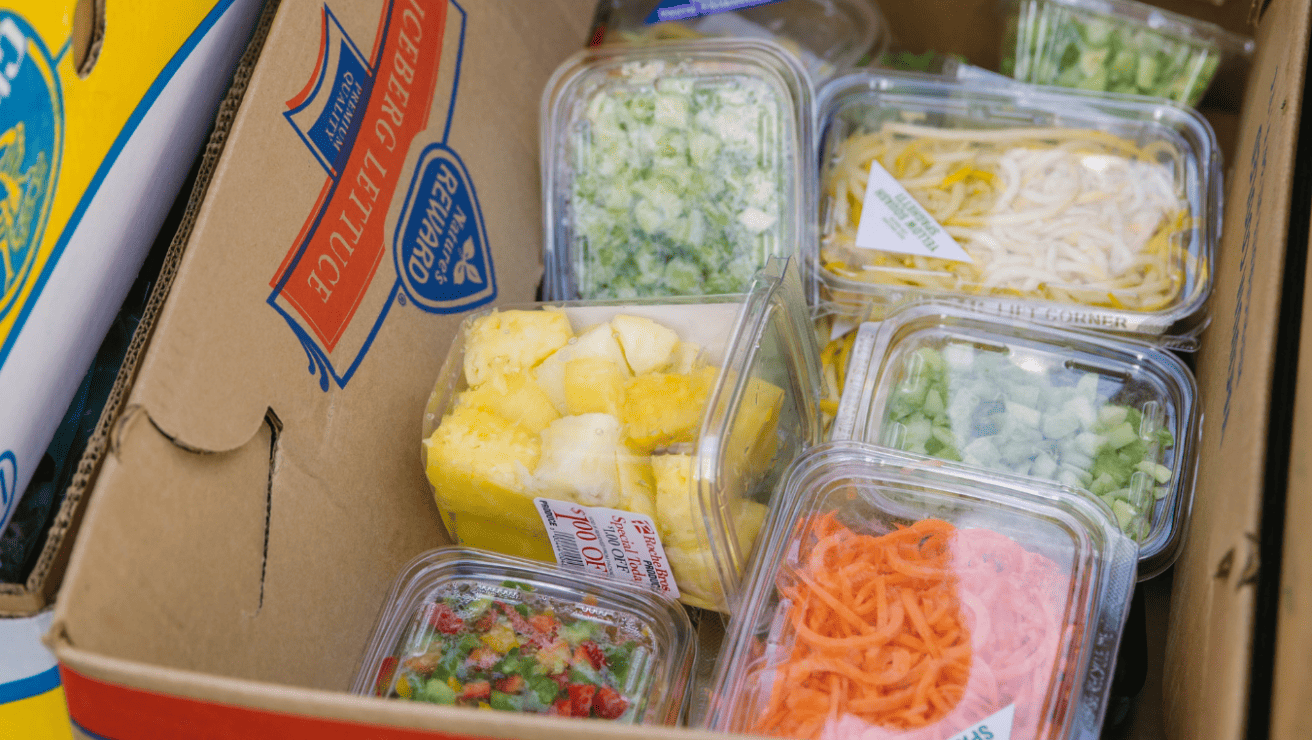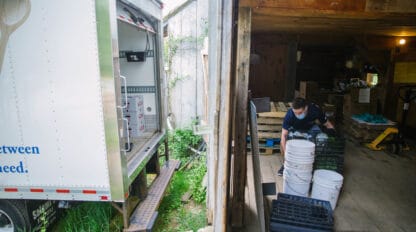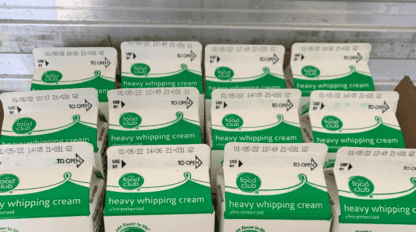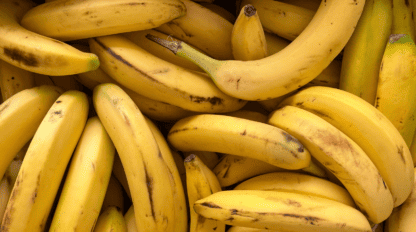Spoonfuls Fact Vs. Fiction (Volume II): Even more myth-busting with your favorite food rescue organization

Last year, we took a pass at dispelling some of the popular myths and misconceptions about Spoonfuls and food rescue. You can read that blog right here. It’s long. And it still only covered a fraction of the very many things we hear that…well, get it wrong (or at least not quite right). So here’s Volume II of things we’ve heard/said/believed until someone graciously set the record straight.
If grocery stores just did a better job of inventory management, there wouldn’t be so much food for Spoonfuls to recover.
We’d still have plenty to recover. Here’s why: The food we rescue is available to us for a wide range of reasons from, yes, stores restocking their shelves to make way for newer products (a practice fueled by customer demand) to stores stocking the best-looking products because shoppers bypass the “ugly” fruits and veggies for the good-looking ones (sad but true), to manufacturer errors (like this one), to delivery errors (like this one). Bottom line: The challenges with our food system – and the issue of food waste – is more complicated than doing a better job of inventory management.
Spoonfuls rescues “ugly” foods.
Sometimes – though we prefer to think of them as foods with character. The long and short: There’s nothing actually wrong with them. They taste good. They’re safe to eat. So why not? Also, though, we rescue foods like this and this and this. In short: We rescue foods that look just exactly what you’d expect them to. Often, what we recover is a perfectly good (and perfectly good-looking) product that’s taken off the shelf to make room for something else, or something just a little newer.
Spoonfuls distributes food directly to people facing food insecurity.
We don’t distribute directly to individuals. Instead, we partner with nonprofits like pantries, meal programs, shelters, addiction treatment and recovery programs, after-school programs, and senior centers, to reach as many people as we can, as efficiently as we can. We provide rescued food to those programs, and they work to get it into the hands of people who need it in their communities.
Spoonfuls charges a fee for its deliveries.
Nope. The food we distribute to our nonprofit partners is provided to them free of charge. That’s a big benefit of partnering with us! Nonprofits that partner with us are able to spend less on food for their programs and devote more of their limited funds to other expenses. Learn more about our nonprofit partnerships here.
Spoonfuls “takes what it can get” from the food vendors it works with and distributes it equally to its nonprofit partners.
No! First, if food quality doesn’t pass muster (if food is moldy, badly bruised, unpackaged, etc.) it stays put. Second, Spoonfuls’ Food Rescue Coordinators are trained to carefully source food that our nonprofit partners and end-recipients can both use and enjoy. Different partners have different needs depending on their clientele. We consider things like dietary and cultural needs around food. We consider the size of the nonprofit (think: how much food it can reliably distribute). Not taking whatever we can get is an important way we ensure that what we do recover is ultimately put to good use, that it’s eaten and enjoyed!
If I have some “extra” in my home fridge or pantry, I can drop it off at Spoonfuls.
No. We rescue from food retailers, not individuals. (More about how we work here.) But your local pantry might be able to take it if it meets their food donation guidelines. We recommend reaching out to them directly.
I mean, I wouldn’t eat (it looks a little moldy/spoiled/otherwise yucky) this but surely someone would! I’m going to donate it to [insert local food program here.]
Please don’t. That’s disrespectful. If it’s not fit for you, chances are it isn’t fit for others. What you can do instead: Compost what you can’t consume and recycle the recyclable bits.
The most important time to make a gift to Spoonfuls is during the holidays.
While it’s true that in the cold-weather months lots of people struggling to make ends meet are forced to make impossible choices between food and utilities (think: heat for their homes), hunger happens all year round. It happens when a family member gets sick. It happens when someone is laid off from their job. It happens in the summer when kids are out of school and unable to access the school meals they relied on. In fact, at the moment, over half a million people in Massachusetts are facing food insecurity. Here’s another good time to make a gift in support of our food rescue work: Right now.


